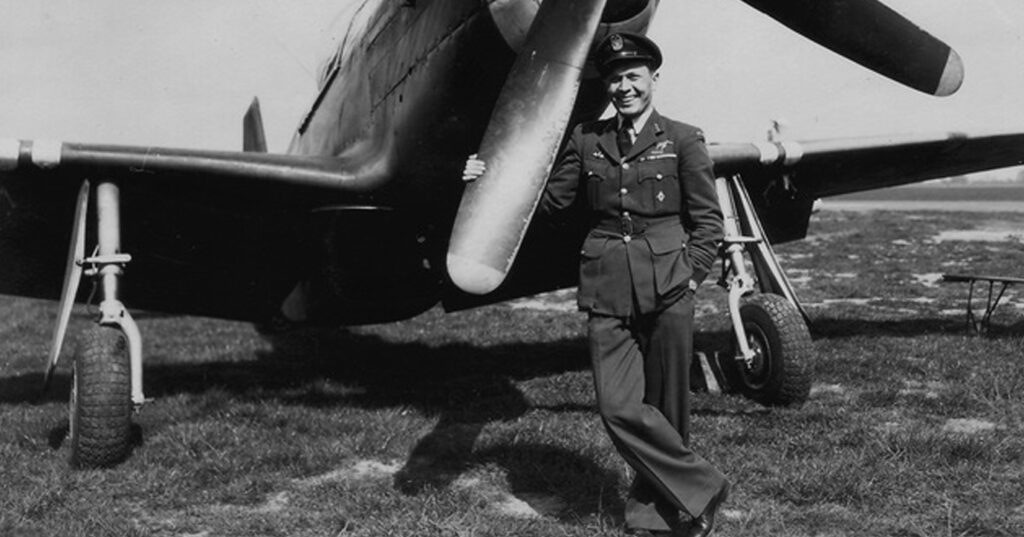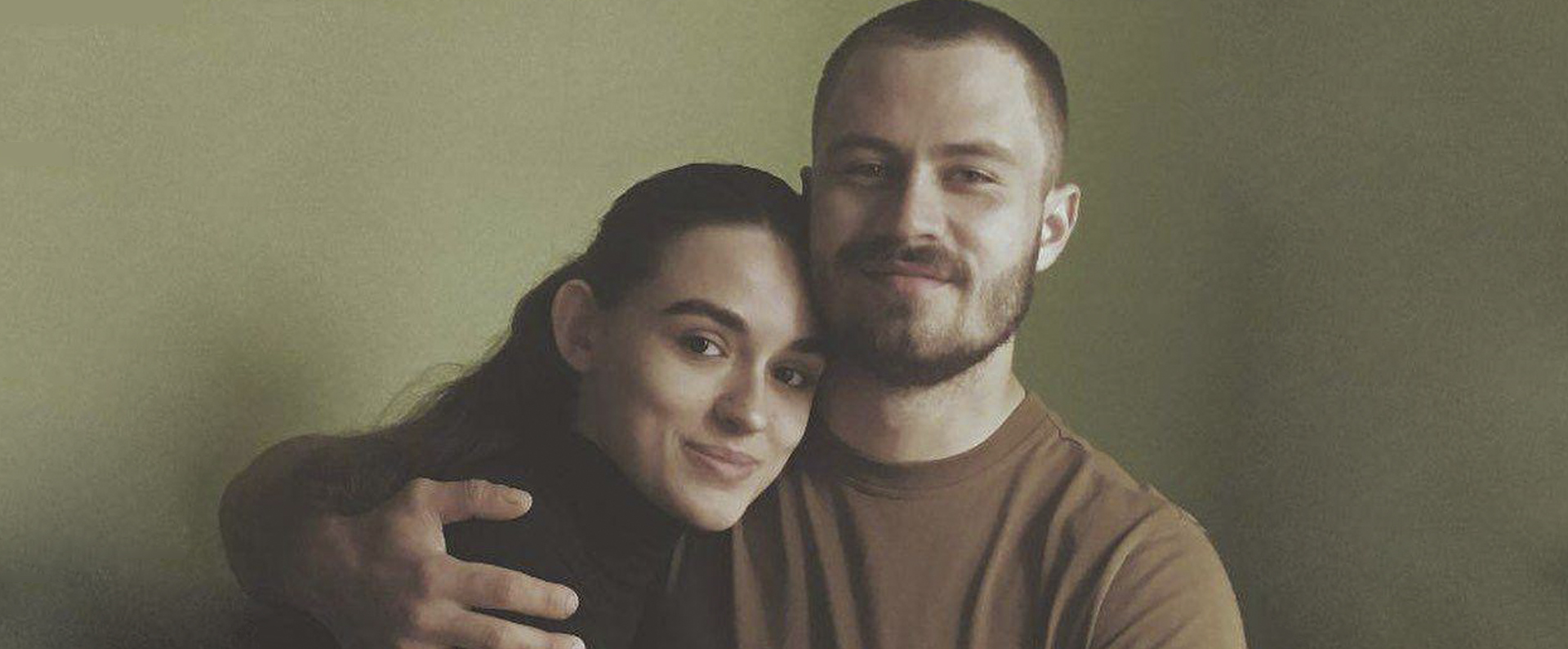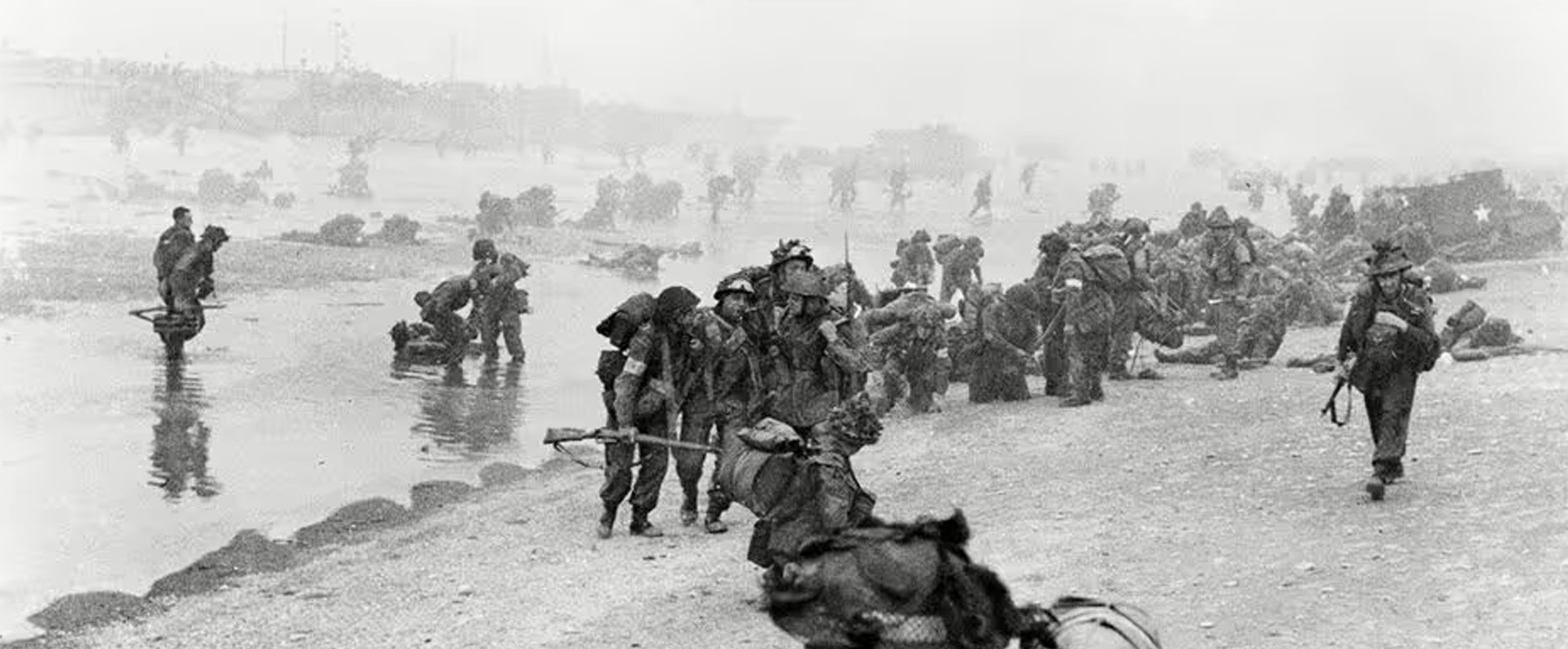
Published in the Daily Express on 15 September 2012.
Sergeant James Harry Lacey
Sergeant Jozef Jeka
Pilot Officer Dorian George Gribble
It was Winston Churchill who famously said on August 20, 1940: “Never in the field of human conflict was so much owed by so many to so few.”
When our formidable wartime prime minister uttered those words of gratitude to British and other Allied fighter pilots he of course had no idea that their greatest test lay just days ahead.
On September 15 of that year – 72 years ago today – with Nazi Germany on Britain’s doorstep, Hitler ordered the Luftwaffe’s largest and most concentrated attack on London, aimed at effectively wiping out the RAF.
Some 1,500 enemy aircraft were involved and the battles in the skies lasted from morning until dusk. In the climax of the Battle of Britain, Fighter Command stood firm and eventually saw off the German raiders.
Today, on Battle of Britain Day, it is appropriate to recall the courage of The Few, the fighter pilots who confronted and ultimately defeated the Luftwaffe, thereby halting Hitler’s plans to overrun Britain in his quest for world domination.
My latest book on gallantry, Heroes Of The Skies, was published earlier this week and it contains many accounts of the astonishing bravery of our pilots and aircrew over the past century. My research for the book enabled me to appreciate the courage of these airmen to a greater extent than I had before.
The following are just three of the stories of Battle of Britain fighter pilots who appear in my new book – and who truly deserve to be labelled as Heroes of the Skies for their fortitude on, before and after September 15, 1940.
SERGEANT (LATER SQUADRON LEADER) JAMES HARRY LACEY, DFM AND BAR
James “Ginger” Lacey was quite simply one of the greatest fighter aces of the Second World War, including being the second highest scoring British fighter pilot of the Battle of Britain.
By the end of the war he was credited with 28 enemy aircraft destroyed, five “probables” and nine damaged. A talented pilot, brilliant marksman and an authoritative leader he was also understated and proud of his modest roots.
By September 1940, Lacey – born in Wetherby, Yorkshire – had already been awarded the Distinguished Flying Medal. Announced on August 23, 1940, the decoration acknowledged his six “kills” and praised his “great determination and coolness in combat”.
Yet the pressure of flying in combat up to eight times a day was understandably getting to him: every time he heard the order to scramble, he ran to the back of the dispersal hut and threw up.
On September 15, 1940 Lacey was attacked head-on by 12 Messerschmitt Me 109s. He dived under them, pulling up sharply in a loop, and attacked the tail-end enemy aircraft while still upside down. His attack was successful and he saw the aircraft dive vertically in flames.
His attack on a second Me 109 produced a white stream of glycol (engine coolant) before making good his escape. At 7pm the same day he flew against the Luftwaffe’s third wave of the day and, just an hour later, he shot down a Me 109 and a Heinkel He 111. In his log book he wrote of the second attack: “Certainly fooled this one!”
On November 26, 1940, Lacey was awarded a long overdue Bar to his DFM. His citation credited him with 19 “kills” and praised his “consistent efficiency and great courage”. The incomparable “Ginger” Lacey survived the war and died on May 30, 1989, aged 72.
SERGEANT JOZEF JEKA, DFM
Jozef Jeka, from Tupaldy in Poland, enlisted in the Polish Air Force aged 20 in 1937. After the German invasion of his homeland he escaped through Europe to Britain arriving in early 1940. After completing his training he flew Hurricanes and joined 228 Squadron at RAF St Eval, Cornwall, on August 31, 1940.
On September 15, 1940 Jeka had his first combat when he shot down a Me 110 fighter before damaging a second one.
Further successes soon followed: Jeka shot down two He 111 bombers on September 26 and he destroyed a Junkers Ju 88 on October 7.
However on November 5 Jeka was shot down by Me 109s and baled out over Wimborne, Dorset. He suffered serious injuries and was taken to the Army Hospital in Shaftesbury.
He made a good recovery and by February 1941 he joined 306 (Polish) Squadron at RAF Ternhill, Shropshire, where he began flying Spitfires. After being commissioned in November 1941 he became an instructor.
His DFM was announced on February 19, 1942, after the recommendation for his award credited him with destroying five enemy aircraft, probably destroying two more and sharing in the destruction of another. The recommendation for his award also stated: “At all times he has shown the greatest courage and determination to inflict losses on the enemy.”
Jeka survived the war and was later recruited by the US Central Intelligence Agency (CIA) which, because he was a brilliant pilot and a stateless citizen, considered him perfect material for its various secret missions. On April 13, 1958, while on a secret mission in Indonesia, Jeka’s aircraft inexplicably crashed into trees shortly after take-off. He was killed aged 41.
PILOT OFFICER (LATER FLIGHT LIEUTENANT) DORIAN GEORGE GRIBBLE DFC
George Gribble was one of the most dashing and charming Battle of Britain pilots as well as one of the bravest. Gribble, born in north London, flew his first offensive patrol to Ostend with 54 Squadron on May 16, 1940.
The previous evening, in an operational briefing delivered to the pilots, Al Deere, the legendary New Zealand fighter pilot, had scanned the audience and he later recalled: “The central figure was as always Pilot Officer George Gribble. Very English, very good looking and bubbling over with the enthusiasm of his 20 years, he epitomised the product of the public school; young yet mature, carefree yet serious when the situation required and above all possessing a courageous gaiety which he was later to display in abundance.”
Gribble’s DFC was announced on August 13, 1940, after he had destroyed three Me 109s and damaged many others, adding: “Pilot Officer Gribble has led his section and recently his flight in a courageous and determined manner…”
Many more daring actions followed and by early November 1941 Gribble’s score stood at six and one shared destroyed, two unconfirmed destroyed, two “probables” and at least nine damaged.
On June 4, 1941, Gribble was seen leading his section against two Me 109s when his Spitfire was suddenly “bounced” by further enemy fighters. Gribble was heard to say over his radio: “Engine cut, baling out.”
Despite a sea-search for him, Gribble was missing, presumed dead, two weeks before his 22nd birthday.
In a letter to his mother the squadron’s CO wrote: “George was an exceptional pilot and leader and also a very keen officer. He was also very entertaining in the mess and most loved by all of us. The whole squadron will miss a very gallant and brave gentleman for a very long time to come…”
It was Sir Walter Raleigh, the official historian of the RAF (rather than his namesake, the Elizabethan courtier), who said: “The engine is the heart of an aeroplane but the pilot is its soul.” Raleigh and others captured a wonderfully romantic image of flying.
I have long been fascinated by a special human trait – bravery – that can also conjure up great images of derring-do.
So when flying and courage combine – as they repeatedly did in the skies above Britain in the summer and autumn of 1940 (and indeed as they do in abundance in my new book) – it makes for a heady mix.
By the end of October 1940 the Battle of Britain was won and although the Second World War lasted for another five years it was the British, Commonwealth and other Allied fighter pilots who had changed the course of the conflict.
Today, on Battle of Britain Day, we should all pause to remember the raw bravery of pilots such as “Ginger” Lacey, Jozef Jeka and George Gribble.
Gribble and many like him sacrificed their lives for their country, their sovereign, their comrades and for wider freedoms.
That sacrifice must never be forgotten.
Read this article on www.express.co.uk
For more information, visit:
LordAshcroftOnBravery.com


